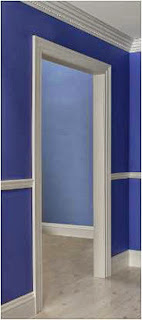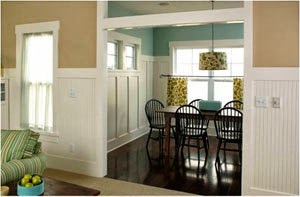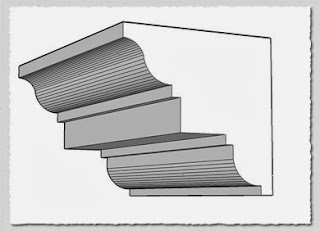I started on this journey of building
up Cachet from 2002 when I moved back from the United States. We lived in a
quaint little town called Quincy at the outskirts of Boston. My weekends
comprised of little pleasurable jaunts to nearby furniture stores – Bernie and
Phylls, Jordans, Levitz. It was here that I was introduced to shabby chic
décor, hand painted furniture – a far cry from the clear, crisp, almost
clinical high gloss finish of the contemporary furniture that is popular in
Gurgaon. When I did up my own house in DLF Ph V, it was completely unaided by
the internet. Relying solely on a few design books, I boldly ventured into a
new territory.
I was aided by a childhood experience
which I must narrate at this point. I visited this toyshop with my mother
called Paragon in Calcutta when I was five or six years old. I was transfixed
by this wooden miniature swing set and a dolls bed – the former was a vision in
pink satin and gauze and the latter was of blue satin with a generous dollop of
frills and lace. Unfortunately, it was too expensive and my face fell at the
sight of the price tag, but my mother, a whiz at sewing went back home and
ordered the local carpenter to make the very same swing set and bed which she
herself embellished with satin and lace enough to delight any little girl’s
heart.
In my DLF flat on the built in section
in the passage and the drawing room provided scope for designing; the wardrobes
were built along simple lines. We used veneer and melamine matt finish polish
for all the woodwork. During those days laminates did not provide a good
alternative to natural veneers- they were non-textured and lacked visual
interest – a far cry from the variety that is available in the market today.
In fact, the world’s first interior
designer started out her career in the very same way – she did up her own house
so tastefully that it turned the Jones’ green with envy.
Now i am establish myself as a best interior designer in Gurgaon my business name is Cachet My Home.



































